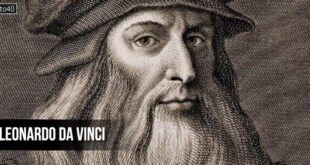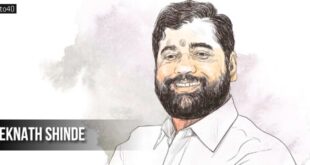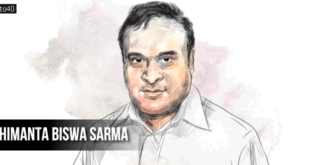 Prasanta Chandra Mahalanobis — Most beds are of standard size. Especially those put in dormitories. The result is that those who are very tall have to learn to sleep curled up or with their feet dangling over the edge. Usually, no one would think of blaming any person for their plight, but at Santiniketan, the university set up by Rabinderanath Tagore, the students were sure who was responsible some of them loosing their sleep. It had to be Prasanta Chandra Mahalanobis, the man with an obsession for statistics. It was thought that he must have found the students’ average height and ordered the beds according to the specification.
Prasanta Chandra Mahalanobis — Most beds are of standard size. Especially those put in dormitories. The result is that those who are very tall have to learn to sleep curled up or with their feet dangling over the edge. Usually, no one would think of blaming any person for their plight, but at Santiniketan, the university set up by Rabinderanath Tagore, the students were sure who was responsible some of them loosing their sleep. It had to be Prasanta Chandra Mahalanobis, the man with an obsession for statistics. It was thought that he must have found the students’ average height and ordered the beds according to the specification.
Wherever Mahalanobis went he roused such good-humoured speculation. At that time no many people in the world, let alone India, understood statistics and their significance. And Mahalanobis was considered a crank. But, as Mark Twain said, “A man with a new idea is a crank, until the idea succeeds”.
Mahalanobis’s idea did eventually succeed. He was the first Indian statistician to receive world recognition. In fact, the history of statistics in India is his personal history. However, it was almost by chance that Mahalanobis came to be a statistician. He was selecting books from the library of King’s College in London, where he was a mathematics student, when his tutor, W. H. Macaulay, happened to come there and suggested that he might find the latest volume of Biometrical and Biometric Tables interesting. On reading it Mahalanobis was so thrilled that he brought several volume of the journal when he came to India for his vacation.
That was in 1915 and as World War I was then raging Mahalanobis decided not to return to London. He had done his B.Sc. and took up a lectureship in physics at the Presidency College in Calcutta. In his spare time he continued his studies in statistics. Many thought he was wasting his time, but Rabinderanath Tagore, who had known him from childhood, Brajendra Nath Seal, Professor of Philosophy at Calcutta University, and Sir Nilratan Sircar, his maternal uncle, encouraged him. Seal took a personal interest in the statistical studies of Mahalanobis and predicted that one-day statistics would become a basic scientific tool.
Statistics is a subject which deals with numbers, which may have a relationship with one another or change indifferent situations. Using various statistical methods, a conclusion or conclusions can be inferred from the numbers. When in 1917 Seal wanted to look into the examination system of Calcutta University, Mahalanobis was consulted. An examination system means a lot of question papers, questions, students, teachers. Mahalanobis handles these numbers skillfully and forwarded recommendations which brought changes in the system.
Success in this endeavour prompted him to try his hand to problems in subjects like anthropology, epidemiology, demography and meteorology, which again deal with a mass of numbers. For instance, temperature, pressure, humidity and so on at various sites within a region are first collected and then processed statistically to predict the weather over the region.
Impressed by his successes, various authorities began to consult Mahalanobis to tackle their problems. For instance, in 1922 engineers attributed a disastrous flood that hit North Bengal to a rise in the river beds and advised the government to raise the embankments of rivers to control floods. Mahalanobis was consulted. Using the figures of rainfall and fluids for the past 50 years, he arrived at a different conclusion. He told the authorities that a better drainage system for a smoother flow of rivers was the only requirement. When his advice was followed, it proved effective. Statistics had shown its worth. He did a similar study of floods in Orissa. The Hirakud Hydroelectric Project is based on his statistical studies and so is the Damodar Valley multipurpose hydroelectric project.
After India gained independence, it had to start several schemes for progress. Here statistics had a role and Mahalanobis was asked to give his advice. In 1958 he started his national sample surveys. A sample survey means assessing a situation by studying a part of it which would represent the whole. Some of his proposals were included in the second Five Year Plan.
At last Mahalanobis’s dream was fulfilled. Not only was statistics being taught as a special subject in some universities, but it was also helping in the progress of the country. Meanwhile, he had founded the Indian Statistical Research Institute in Calcutta. The Institute which today has branches all over the country and conducts national sample surveys, gained international recognition within a short time.
Mahalanobis’s contributions to statistics are of great importance. A few have already been included in textbooks. The tools he invented, like the once called “Mahalanobis distance” and “fractile graphical analysis” have wide applications. For his original work he was elected Fellow of the Royal Society in 1945. He died in 1972 at the age of 79.
 Kids Portal For Parents India Kids Network
Kids Portal For Parents India Kids Network






